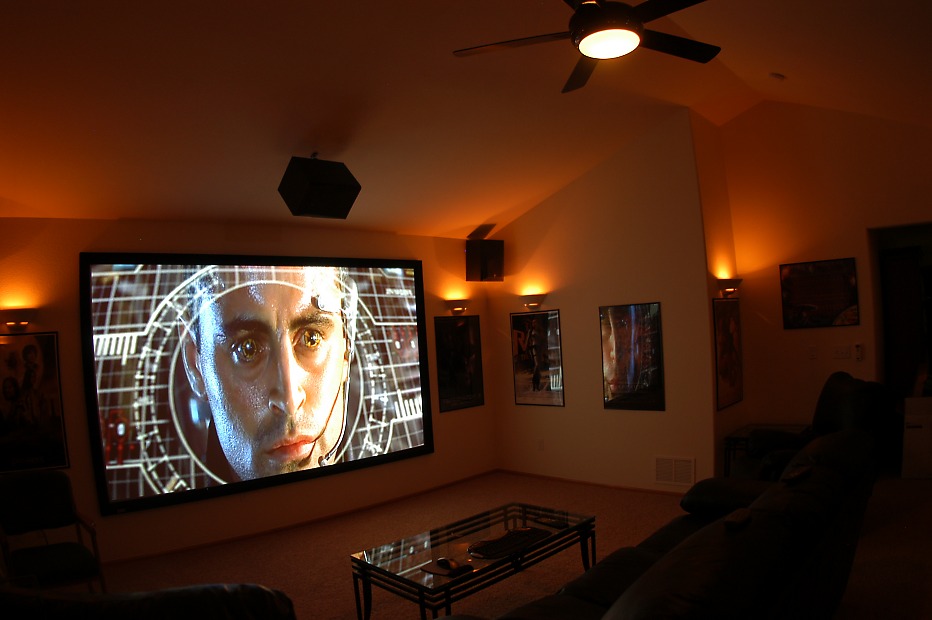tex
Veteran Member
...to be minimally cognizant of power consumption? Did I really need the Plasma TV over my LED? No, is the answer. You might as well be arguing about Betamax.
Did it save me a lot of money not to get a Plasma? Not at all. But of course it is the cumulative effect of all the consumption from all the people that finally makes a difference. And it is making a difference, which the consensus of scientific evidence points to accelerating. Your point about electricity generation misses the mark as of today: In a number of nations, including the U.S., cleaner generation isn't online to a significant enough degree. It is coming, but we are talking about today. I have seen with my own eyes the effects of acid rain and climate change. One of these days you may also (I don't know how old you are or what your health situation is).
Based on your use of the tree-hugger term, I'll guess you consider yourself a "conservative". In my state, the term conservative used to have a very different meaning. One of the pioneers of Chesapeake Bay environmental advocacy was the Republican Representative and Senator Mac Mathias. Following in his footsteps was the Republican Representative Wayne Gilchrest. Fine men, both of them. Even Republican Representative Roscoe Bartlett, part of the Tea Party Caucus, has spoken publicly about environmental concerns and the need for greener thinking.
So, yes, I think it's sane to consider the green aspects of products we purchase---and it's not like it is especially heavy lifting! More of a "clean as you go" mentality in the kitchen. I think it's insane to behave like there is no tomorrow and that there are no consequences to our actions. Also, childish, in a literal sense, as children have trouble thinking about consequences and the future beyond today.
Did it save me a lot of money not to get a Plasma? Not at all. But of course it is the cumulative effect of all the consumption from all the people that finally makes a difference. And it is making a difference, which the consensus of scientific evidence points to accelerating. Your point about electricity generation misses the mark as of today: In a number of nations, including the U.S., cleaner generation isn't online to a significant enough degree. It is coming, but we are talking about today. I have seen with my own eyes the effects of acid rain and climate change. One of these days you may also (I don't know how old you are or what your health situation is).
Based on your use of the tree-hugger term, I'll guess you consider yourself a "conservative". In my state, the term conservative used to have a very different meaning. One of the pioneers of Chesapeake Bay environmental advocacy was the Republican Representative and Senator Mac Mathias. Following in his footsteps was the Republican Representative Wayne Gilchrest. Fine men, both of them. Even Republican Representative Roscoe Bartlett, part of the Tea Party Caucus, has spoken publicly about environmental concerns and the need for greener thinking.
So, yes, I think it's sane to consider the green aspects of products we purchase---and it's not like it is especially heavy lifting! More of a "clean as you go" mentality in the kitchen. I think it's insane to behave like there is no tomorrow and that there are no consequences to our actions. Also, childish, in a literal sense, as children have trouble thinking about consequences and the future beyond today.

